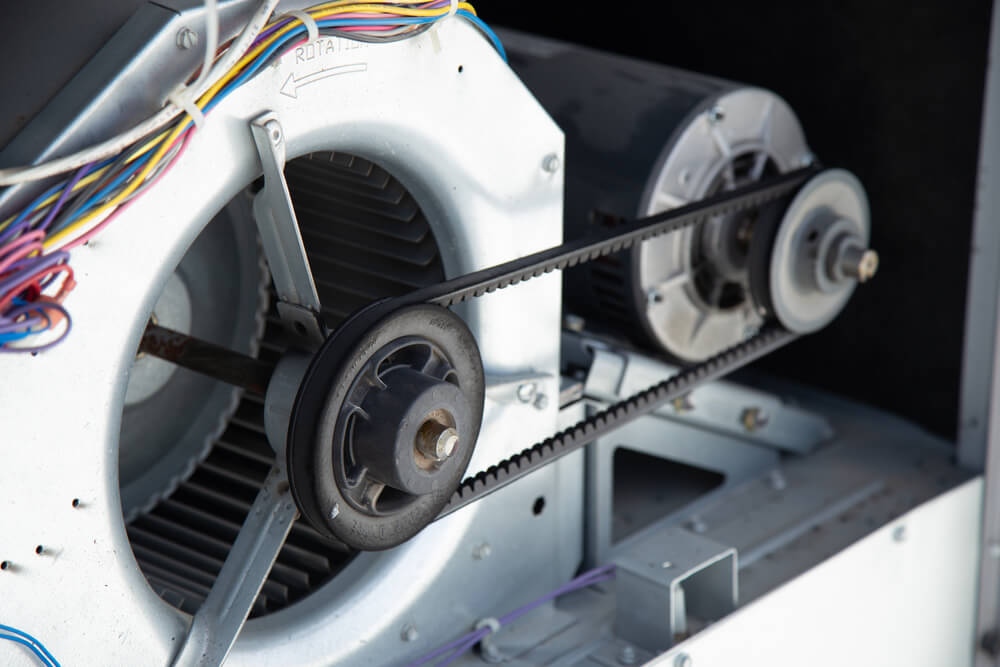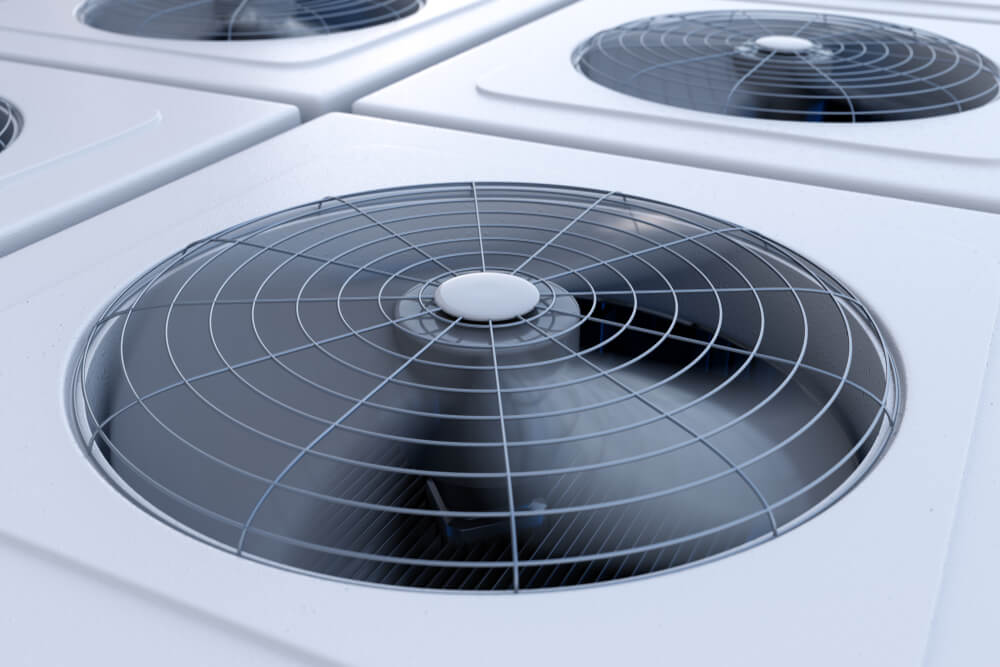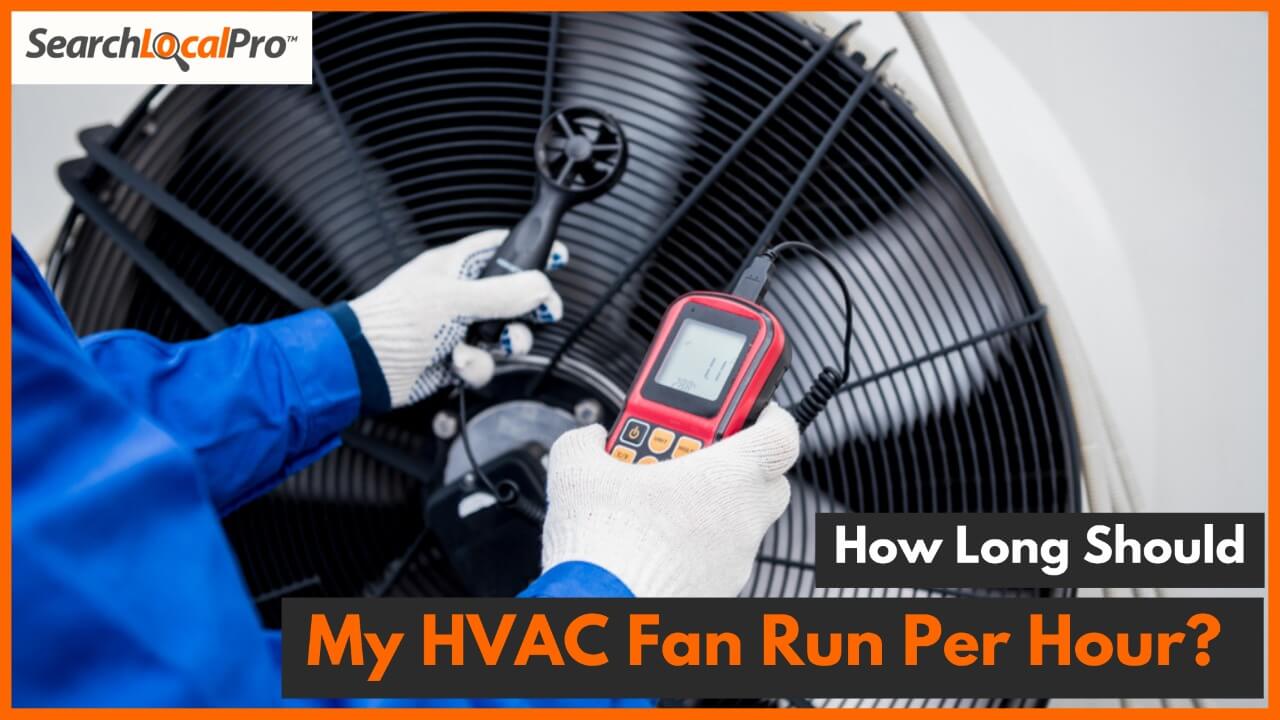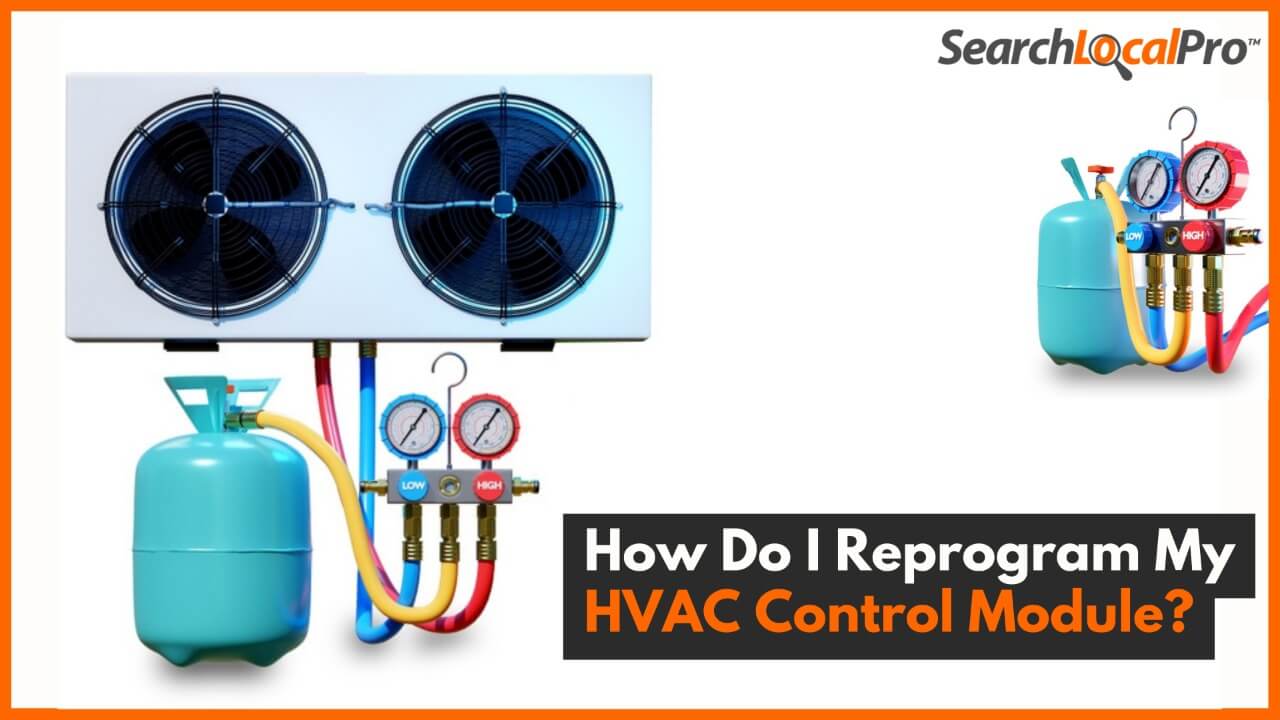Experiencing temperature differences in your home can make you worried about your HVAC system. Whether your system is not working normally or is there any problem with the fan that causes cold to hot temperatures, pops a question, i.e., “how long should my HVAC fan run per hour” in your mind.
The answer is: your fan should take 15 to 20 minutes for three cycles to complete one hour.
However, depending on the HVAC system’s condition, they have varying cycles, such as short and long cycles. So, in these cases, what exactly should you do to keep your system in good working condition?
Let’s dig in to find what causes short and long cycles directly impacting your HVAC system’s working potential.
An Ideal Cycle For HVAC Fans
An ideal HVAC fan should have 2 to 3 running cycles per hour, each comprising 15 to 20 minutes. However, if the room temperature is higher or lower than the set point of the thermostat, the run time of the HVAC fans will be increased or decreased accordingly.
Usually, the maximum temperature limit for the heating process is 0 degrees, while the limit is 90 degrees for cooling. And the closer your room temperature is to the limit, the greater the run time of the fans will be.
What if My HVAC Fans Have Short Cycles?
If your HVAC fans have short cycles that are less than 10 minutes and start right after the last ended cycle, more than 2 to 3 times in an hour, that can indicate a significant and permanent problem in your system.
Short cycles are a sign of a damaged or malfunctioning compressor or that the AC size is more significant than your room’s needs. Your room quickly gets cold or heated according to the thermostat set point, but the ideal requirements of the fan’s run cycle are not fulfilled.
The most common reasons behind an HVAC fan having a short cycle are as follows:
- If the wiring of the HVAC system is loose or not rightly done, the system can face a shortage or breakdown of power supply, resulting in stopped or short cycles of fans.
- If the evaporator coils of the system freeze due to an outside cold environment.
- If dust, dirt, contamination, or any other kind of obstruction occurs in the coil, resulting in restricted airflow, the running cycles of the fans will be short.
What if My HVAC Fans Have Long Cycles?
If your HVAC system’s fans have long cycles of more than 20 minutes per cycle 3 to 4 times in an hour, they are also a sign of underlying problems but not as significant as the short cycles.
Long cycles indicate that your HVAC system is too small according to your room’s heating or cooling needs. The fans kept running continuously but couldn’t reach the thermostat’s limits.
The most common reasons behind an HVAC fan having long cycles are as follows:
- If the gas levels in your system, like Freon and Puron, are running low, your system will keep running to reach your set point.
- If the temperature of the outside environment is relatively high, your system will keep functioning to reach the thermostat point.
- Your fan limit switch is not working correctly and needs a replacement.
Manual On/Off Settings or Automatic System: What You Should Consider?

The functionality of the HVAC fans depends upon the settings of the thermostat, which eventually controls the working of the blowers, the real heroes of the HVAC systems.
And following are the two ways you can control the activity of the thermostats of your HVAC system.
- Automatic settings
- Manual on/off settings
Automatic Settings
Automatic refers to the settings in which the fans work by themselves whenever heating or cooling of the air is needed; according to the set points of the thermostat, once the room temperature reaches the thermostat’s limits, the entire system shuts down until the temperature drops or increases again.
Pros of HVAC Fans’ Automatic Settings:
- It is more beneficial than the manual on/off settings, as the fans will work only when needed.
- In hot months, it provides good de-humidification of your room. The moisture and cold droplets from the coils can be drained into the outside environment quickly.
- The electricity bill would be less than the manual on/off settings.
Cons of HVAC Fans’ Automatic Settings:
- Due to more air cleaning, you’ll need to frequently replace or clean the furnace filters.
- Your blower can be damaged or malfunction due to the often on/off of the fans.
Manual Settings
Manual settings refer to the type of HVAC system settings in which the remote controls the fans. In it, the fans keep working even if the room temperature has reached the thermostat’s set point unless the remote turns it off. Moreover, in these settings, the blowers only circulate the air instead of heating or cooling air.
Pros Of HVAC Fans’ Manual Settings:
- Continuous working of your fans causes even hot or cold air distribution through your room. There would be no space left for the untreated air.
- The life span of the fans and blower would increase as the constant on/off of the fans can damage the fans.
- Your room’s air will be clean from all the dirt, allergens, germs, and contamination as it will frequently circulate through the blower.
Cons Of HVAC Fans’ Manual Settings:
- More energy is consumed with manual on/off settings as the fans and blowers keep working even when they are not needed, resulting in skyrocketing electricity bills.
- In winter, you may experience the cool air coming out of the vents, while in summer, you may get hot air blowing into your room. And this happens due to the outside environment and continuously working fans.
What’s Best? Auto Or Manual Settings?
Automatic settings are relatively more effective and advantageous than manual on/off settings. Firstly, they can reduce your power bills to a great extent by stopping the unnecessary working of the HVAC fans and blowers.
Secondly, they work right according to the needs of your room. If your room is heated enough, the fans will automatically stop working, as in the case of the cooling function.
And lastly, if your HVAC fans are programmed with auto settings, moisture and droplets from the cold cooling coils can be drained outside quickly, keeping your coils free from dirt, dust, contamination, and all kinds of obstructions.
Every home, office, or building with an HVAC system has different needs. And you have to choose the option that suits your needs.
As the heating and cooling process is stopped in the manual on/off settings when the room’s temperature reaches the thermostat’s optimum level, the continuous blowing and filtering of air is quite beneficial and healthy for everyone, especially if you have children or your home is in a dusty location.
With every fan cycle, your room’s air moves through your HVAC’s furnace filters, trapping contamination and allergens.
So, having a manual on settings is quite a considerable option in such a situation.
While in the case of electricity bills, auto settings are more beneficial than manual ones as they save a lot of your hard-earned money every month.
My AC Is On, But Fan IS Not Working; A List Of Possible Reasons:

Sometimes, you turn on your HVAC system, but the fans don’t work, resulting in no change in room temperature.
Sounds familiar? That is the story of every second HVAC owner. Therefore, we have enlisted the top 3 reasons why your fans are not working even if they are on.
Power Disconnection:
If the wiring work of the HVAC system is not done correctly due to overheating, the circuit breakers risk tripping, and the power gets disconnected, resulting in the stopping of the fans.
To fix the power issue, flip the switch of the circuit breaker.
Air Flow Path Blockage:
If the air filter is blocked with dust, dirt, or contamination, it can develop excessive pressure on the fans, resulting in the shutting down of the fans. That’s why regular maintenance of the HVAC systems is mandatory.
Dead Capacitor:
Unlike simple HVAC systems, Air Conditioners have multiple capacitors, the small devices that store electricity and supply it to the system when required.
If any of them is dead, the fans can result in shutting down due to no supply of power. And for this problem, regular maintenance is the only solution.
Frequently Asked Questions
How Long Should My HVAC Fan Run Per Hour In Summer?
In hot temperatures, the time limit of the cycles can increase up to 20 to 25 minutes. If it increases, get a technician on a visit.
How Long Should My HVAC Fan Run Per Hour In Winter?
The optimum cycles and their time limit are suitable for every weather, that is, 15 to 20-minute cycles repeating 2 to 3 times in an hour. However, cold outside environments can result in short cycles.
What To Do If My HVAC Fan Always Running?
If your HVAC fans won’t stop running due to switching problems, wiring issues, or something significant, it’s time to get an appointment with an HVAC tech to resolve the issue.
Final Thoughts
An optimum running speed for your AC fans is 15 to 20 minutes, 2 to 3 times an hour. And if your fan is having short cycles or long cycles, it is an indication to set a visit with a certified HVAC technician.
While choosing between the auto and manual settings of the fans, select the one that suits your needs.
And if you still have any queries, drop them down in the comment section below, and our experts will get back to you asap.




